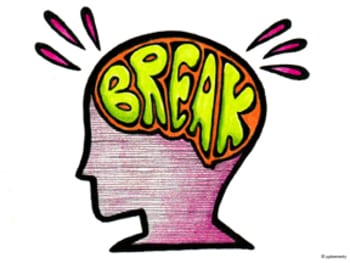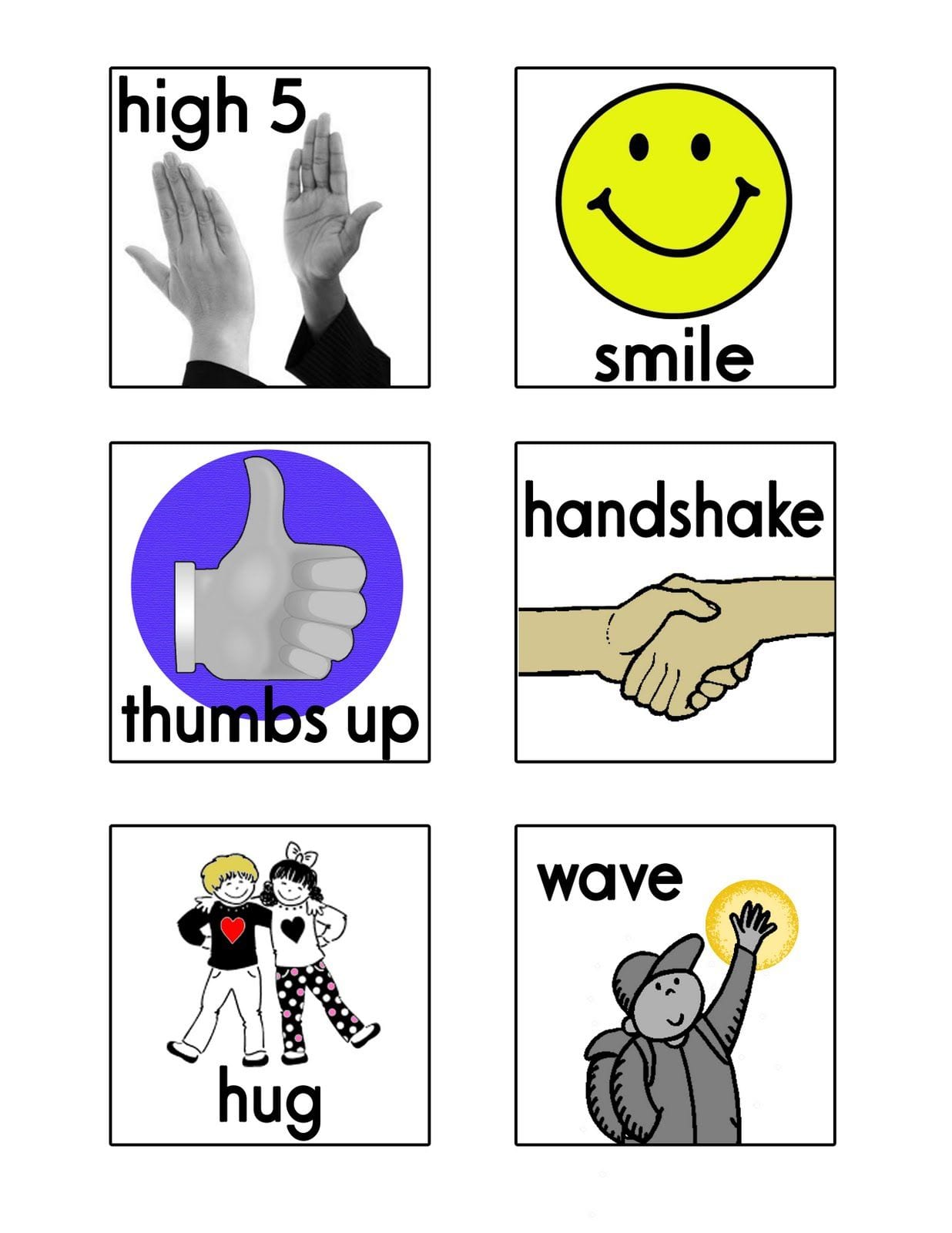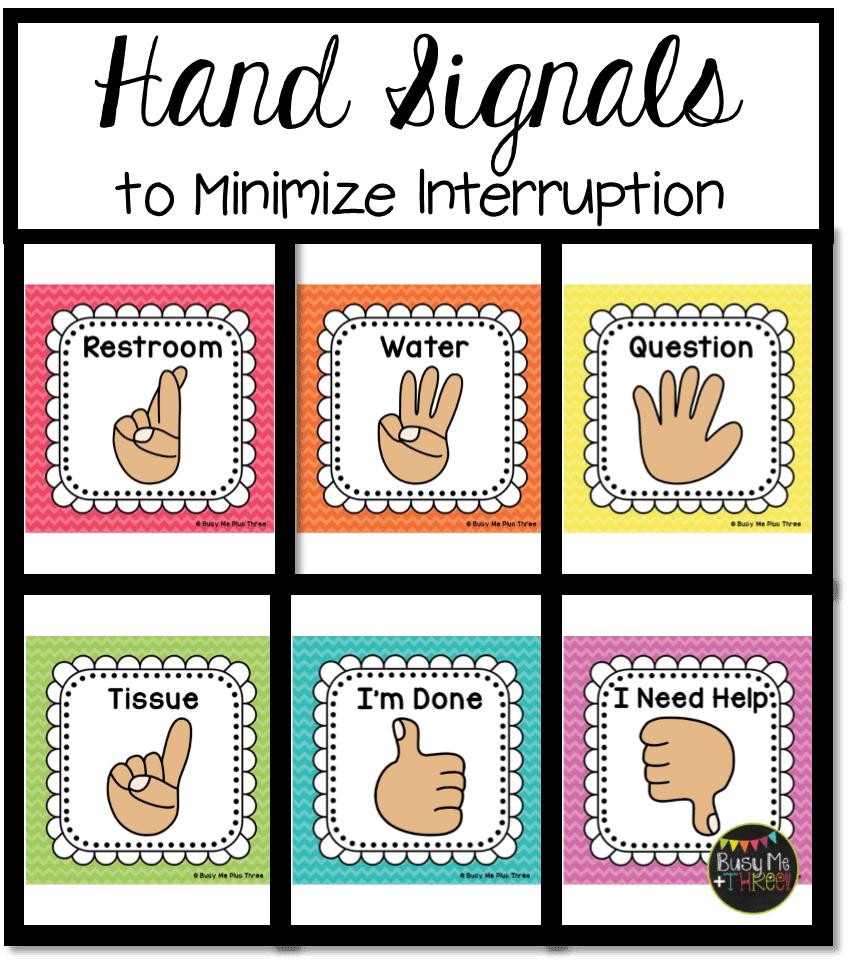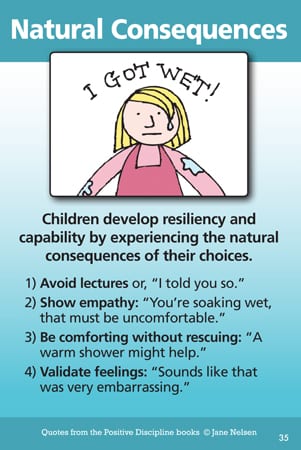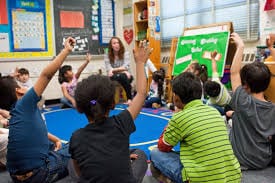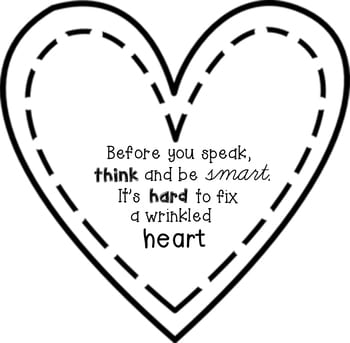Brain Breaks
Brain Breaks are short mental pauses lasting no longer than 2 minutes that are designed to facilitate focus and attentiveness. For a variety of reasons including long lessons, impending holidays, or upcoming tests, students can collectively begin to lose that focus. Brain Breaks are intended to be fun and stimulating by offering a sporadic change from the norm (and sometimes mundane).
